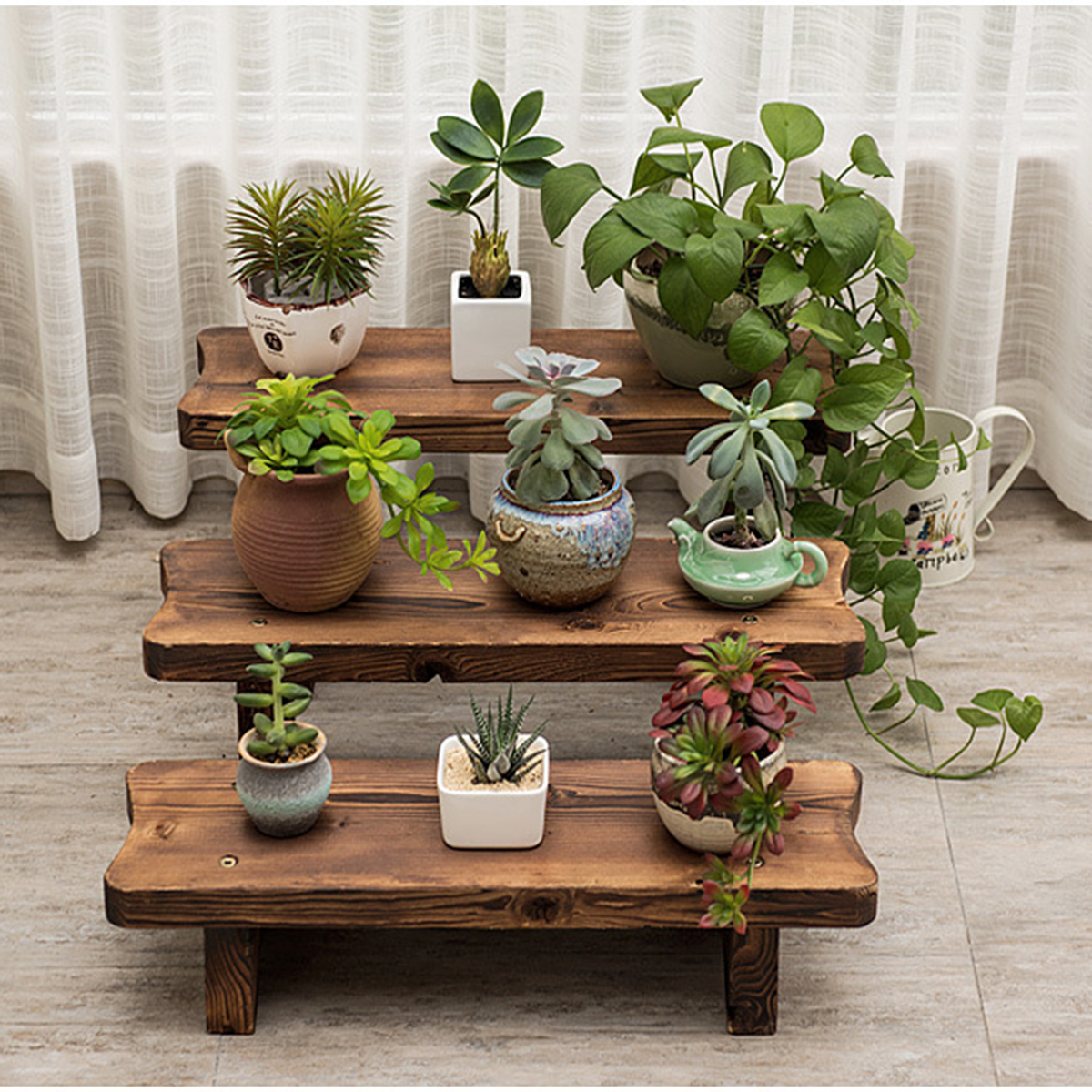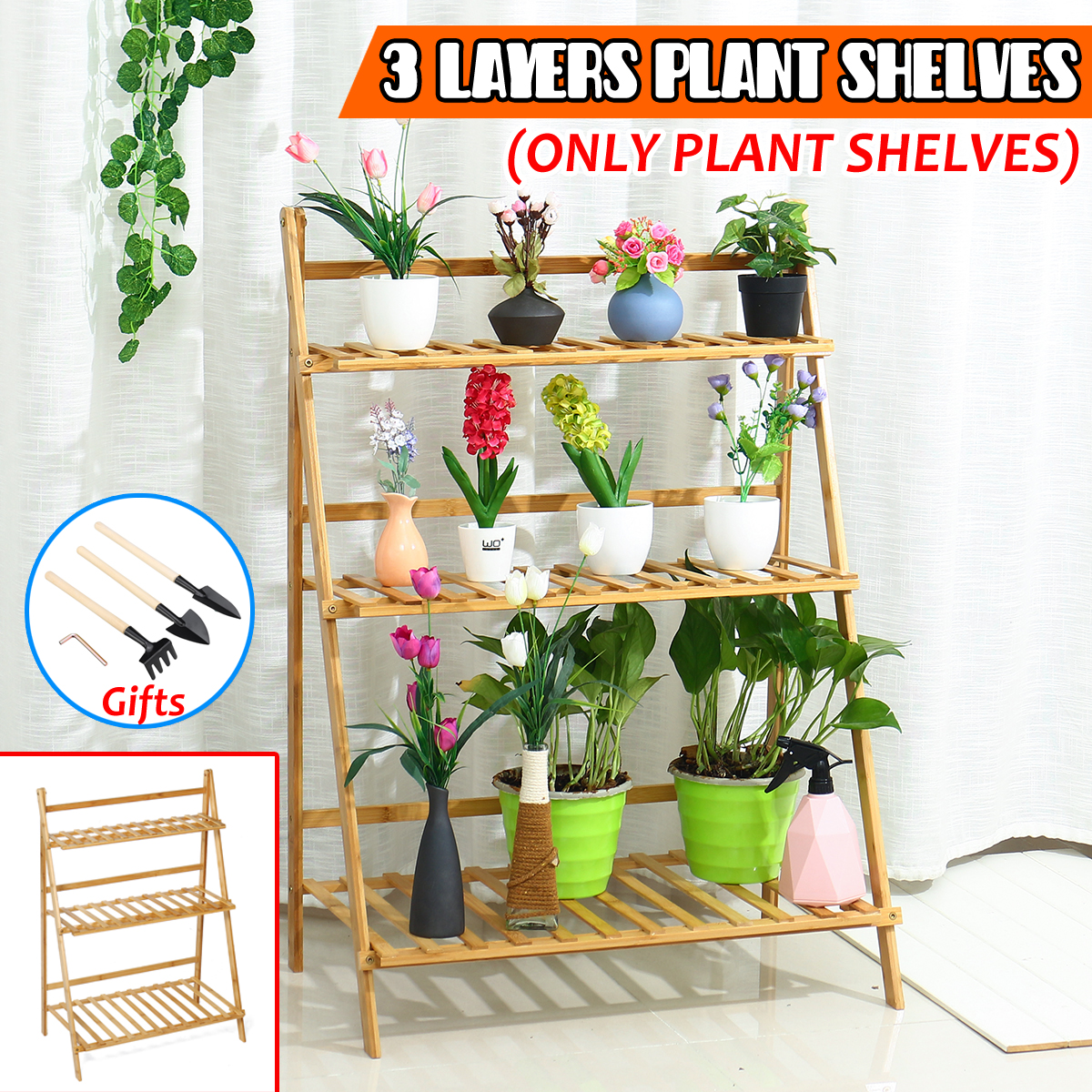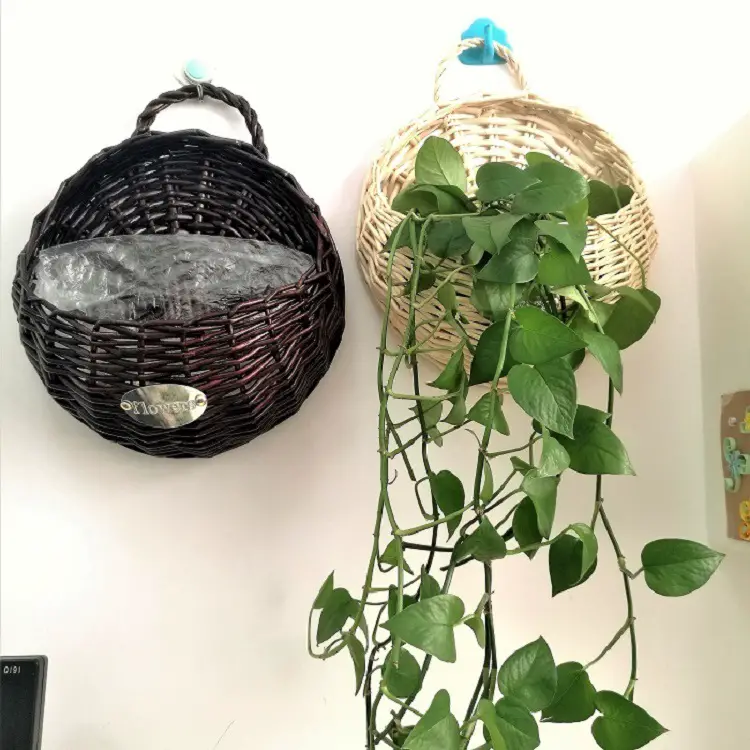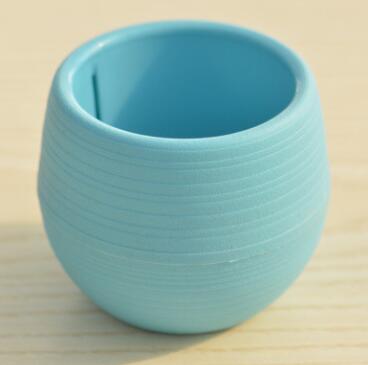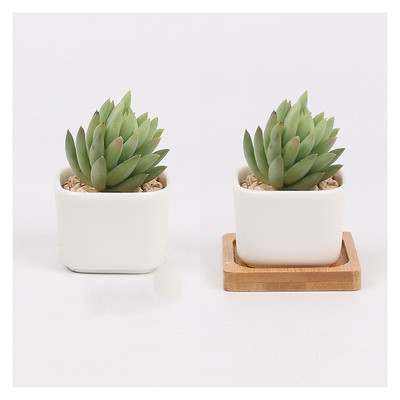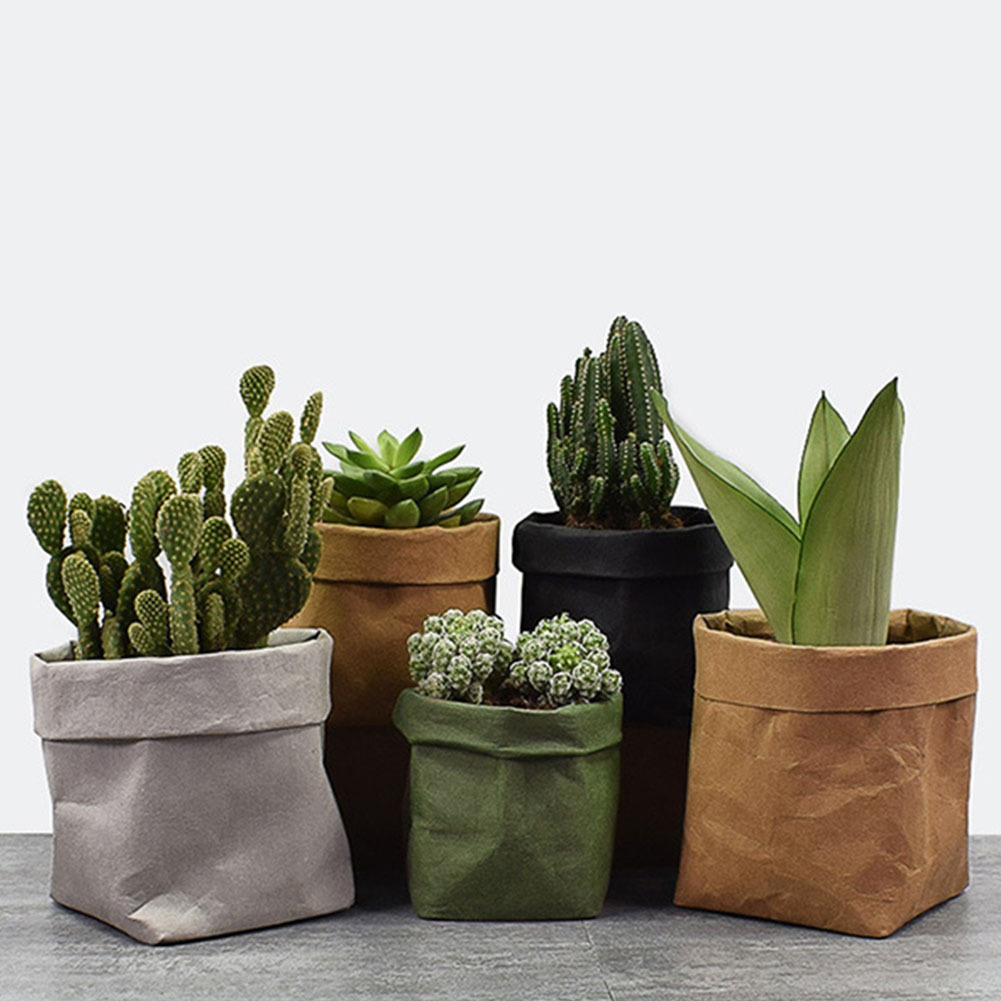Creating a Sustainable and Eco-Friendly Container Garden
In today’s rapidly changing world, the need to embrace sustainable living practices has never been more pressing. At the heart of this movement is the concept of urban gardening, particularly container gardening, which provides an accessible and practical solution for individuals looking to cultivate their own green spaces, even in the smallest of areas. With limited access to garden beds or expansive landscapes, creating a sustainable and eco-friendly container garden not only allows you to contribute positively to the environment but also transforms your living space into a vibrant, verdant oasis.
The Fundamentals of a Sustainable Container Garden
Container gardening offers the flexibility to grow plants on balconies, patios, or even windowsills, making it an ideal choice for urban dwellers and those with limited space. Sustainability is the core principle guiding this gardening method, focusing on reducing waste, conserving resources, and promoting biodiversity. To achieve a sustainable container garden, it’s essential to consider several factors, including the choice of containers, soil quality, water conservation practices, and the selection of plants that naturally thrive in your local environment.
Choosing Eco-Friendly Containers
One of the first steps to creating a sustainable container garden is selecting the right containers. The market offers a wide range of materials, but not all are environmentally friendly. Opt for biodegradable or recycled materials, such as terracotta, unpainted ceramics, or repurposed containers like wooden crates or metal tins. These options not only reduce waste but also add an artistic flair to your garden.
Terracotta, in particular, is a popular choice due to its porous nature, which allows for good airflow and proper drainage. It also naturally regulates soil temperature, reducing the need for additional insulation. Repurposed containers, on the other hand, give new life to items that might otherwise end up in landfills, adding a unique touch to your garden’s aesthetic.
Selecting Sustainable Potting Soil
The foundation of any thriving garden lies in its soil. For container gardening, it’s crucial to select a potting mix that supports plant growth while minimizing environmental impact. Commercial potting soils may contain peat, which is a non-renewable resource harvested from peat bogs, resulting in the destruction of critical ecosystems. To maintain sustainability, look for peat-free alternatives that are rich in organic matter.
Compost-based soils are an excellent choice for container gardens, enriched with natural nutrients and beneficial microorganisms that promote healthy plant growth. You can also create your own potting mix using compost, coconut coir, and perlite, offering an eco-friendly alternative that enhances water retention and aeration.
Water Conservation Techniques
Water management is a vital aspect of sustainable gardening. Container gardens are prone to drying out quickly, making efficient water use essential. Implementing a few key strategies can significantly reduce your water consumption while keeping your plants healthy.
Consider using self-watering containers, which have a reservoir at the base that allows plants to absorb moisture as needed. Additionally, a layer of mulch on top of the soil helps retain moisture by reducing evaporation. Harvesting rainwater is another sustainable practice; simply place containers strategically under a gutter or rain barrel to collect natural rainfall for irrigation.
Integrating Biodiversity
A sustainable garden thrives on diversity, and a container garden is no different. Incorporating a mix of plants not only creates a visually appealing space but also supports various beneficial insects and pollinators. Herbs, flowers, and vegetables can coexist harmoniously, providing a habitat for bees, butterflies, and ladybugs that naturally control pest populations.
Selecting native plants is another way to enhance biodiversity within your container garden. Native species are well-adapted to the local climate and soil conditions, requiring less maintenance and resources. They also play a crucial role in supporting local ecosystems by providing food and shelter for native wildlife.
Transforming Small Spaces with Vibrant Container Gardens
The beauty of container gardening lies in its ability to transform even the tiniest of spaces into a lush sanctuary. Whether you’re working with a compact balcony, a concrete rooftop, or a narrow windowsill, a vibrant container garden can breathe life into your surroundings and create a peaceful retreat.
Utilizing Vertical Space
When space is limited, think vertically. Vertical gardening is an innovative solution that maximizes your available area by stacking containers or using wall-mounted planters. Tall trellises and hanging baskets can also serve as support structures for climbing plants, such as beans or tomatoes, adding layers and depth to your garden.
Living walls, constructed from a grid system that holds multiple plants, can act as striking focal points while providing insulation and improving air quality. These installations are particularly effective in urban settings where space is at a premium, allowing you to make the most of every inch.
Creative Arrangements
In small spaces, creativity is key. Consider grouping containers of varying heights and sizes to create visual interest and dimension. Use bright, bold colors for pots to contrast against the greenery, or opt for a monochromatic palette for a sleek, modern look.
Incorporate multi-purpose elements, such as a bench with built-in planters, to blend functionality with design. This approach not only enhances the aesthetics but also optimizes the utility of the limited space, creating a more enjoyable and user-friendly environment.
Growing Lettuce at Home: A Beginner’s Guide
For those new to container gardening, lettuce is an ideal starter plant. It’s easy to grow, quick to harvest, and requires minimal effort, making it perfect for beginners looking to enjoy homegrown produce with little hassle.
Choosing the Right Variety
Lettuce comes in numerous varieties, each offering unique flavors and textures. Popular options for container gardens include loose-leaf lettuce, such as Red Sails or Black Seeded Simpson, which are more forgiving and typically yield multiple harvests. Romaine and butterhead lettuce are also excellent choices, providing dense, upright growth ideal for smaller containers.
Planting and Care
Begin by filling your chosen container with a high-quality potting mix, ensuring it’s well-drained. Lettuce seeds can be sown directly into the soil, spaced approximately 4-6 inches apart. Keeping the soil consistently moist but not waterlogged is crucial, as lettuce tends to bolt (go to seed) in dry conditions.
Position your containers in a location that receives ample sunlight; lettuce thrives in 6 to 8 hours of direct light each day. However, it can tolerate light shade, which can be beneficial in extremely hot climates to prevent wilting.
Lettuce, being a cool-weather crop, can be planted in early spring or fall, offering a versatile growing schedule. Regularly harvesting the outer leaves allows the plants to continue producing throughout the season.
Maintaining a Thriving and Eco-Friendly Container Garden
Sustainability is an ongoing practice, and maintaining a thriving container garden requires regular attention and care. Here are some essential tips to ensure your garden remains productive and environmentally friendly:
-
Fertilization: Use organic fertilizers, such as compost tea or worm castings, to provide essential nutrients without harmful chemicals. Apply sparingly to avoid nutrient runoff and pollution.
-
Pest Management: Opt for natural pest control methods, like companion planting or introducing beneficial insects. Avoid chemical pesticides, which can harm both the environment and beneficial wildlife.
-
Continuous Learning: Stay informed about sustainable gardening practices and adapt your techniques as needed. Engaging with local gardening communities or online forums can provide valuable insights and support.
Conclusion
Creating a sustainable and eco-friendly container garden not only benefits the environment but also enhances your quality of life by providing a serene green space, even in the heart of an urban landscape. By focusing on eco-friendly materials, efficient resource use, and plant diversity, you have the opportunity to cultivate a vibrant, productive garden that aligns with the principles of sustainability.
Whether you’re transforming a small balcony into a lush retreat or enjoying the satisfaction of growing your own lettuce, container gardening empowers you to make positive contributions to the planet from the comfort of your home. As our world continues to face environmental challenges, container gardening stands as a symbol of resilience and creativity, enabling individuals to forge a harmonious relationship with nature, one container at a time.




